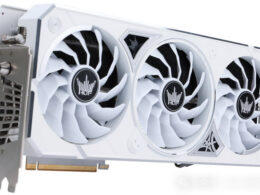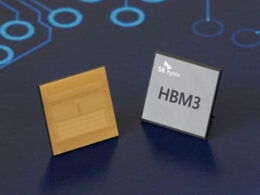Political and infrastructural challenges inherent in Taiwan’s high concentration of advanced lithographic industries pose potential disruptions. Vulnerabilities have already been shown in the local semiconductor industry due to a shortage of water and energy resources, and Taiwan’s heavy reliance on imported fossil energy sources could be a problem for local companies’ clients who are trying to adhere to a “green agenda”.
As a recent article in Bloomberg highlights, US companies Apple and NVIDIA have pledged to switch to the use of renewable energy across their supply chains by 2040. However, Taiwan’s energy infrastructure may simply not be prepared for such a migration timetable. Two years ago, about 80% of Taiwan’s energy was generated using natural gas, coal, and petroleum products, all of which were imported. Renewable energy sources constituted only 8% of Taiwan’s total energy mix, but by 2025, the island’s government aims to increase this share to 20%.
Taking into account that nuclear power met 9.1% of the island’s energy needs two years ago, and there are plans to phase it out, this only complicates the issue of industry restructuring. The local power company, Taipower, forecasts losses of $6.0 billion this year due to rising import energy resource prices and a simultaneous requirement by the government to keep energy tariffs in check. Specifically, last year, Taipower was able to raise electricity prices by 11%, while the previous year saw an increase of 8.4%. Notably, tariffs for domestic consumers have remained unchanged.
Taiwan’s attempts to expand wind power plants encounter equipment supply delays and soaring costs. Furthermore, the local authorities insist that power companies only purchase Taiwanese-made equipment, which curtails choices and exacerbates delays. Taiwan’s dependence on imported energy carriers also heightens geopolitical risks surrounding the island. Clients of Taiwanese company TSMC, the largest contract chip manufacturer, must take these risks into account. However, when it comes to advanced lithography, there are few alternatives, although Intel and Samsung could potentially capitalize on these factors to attract new customers.





